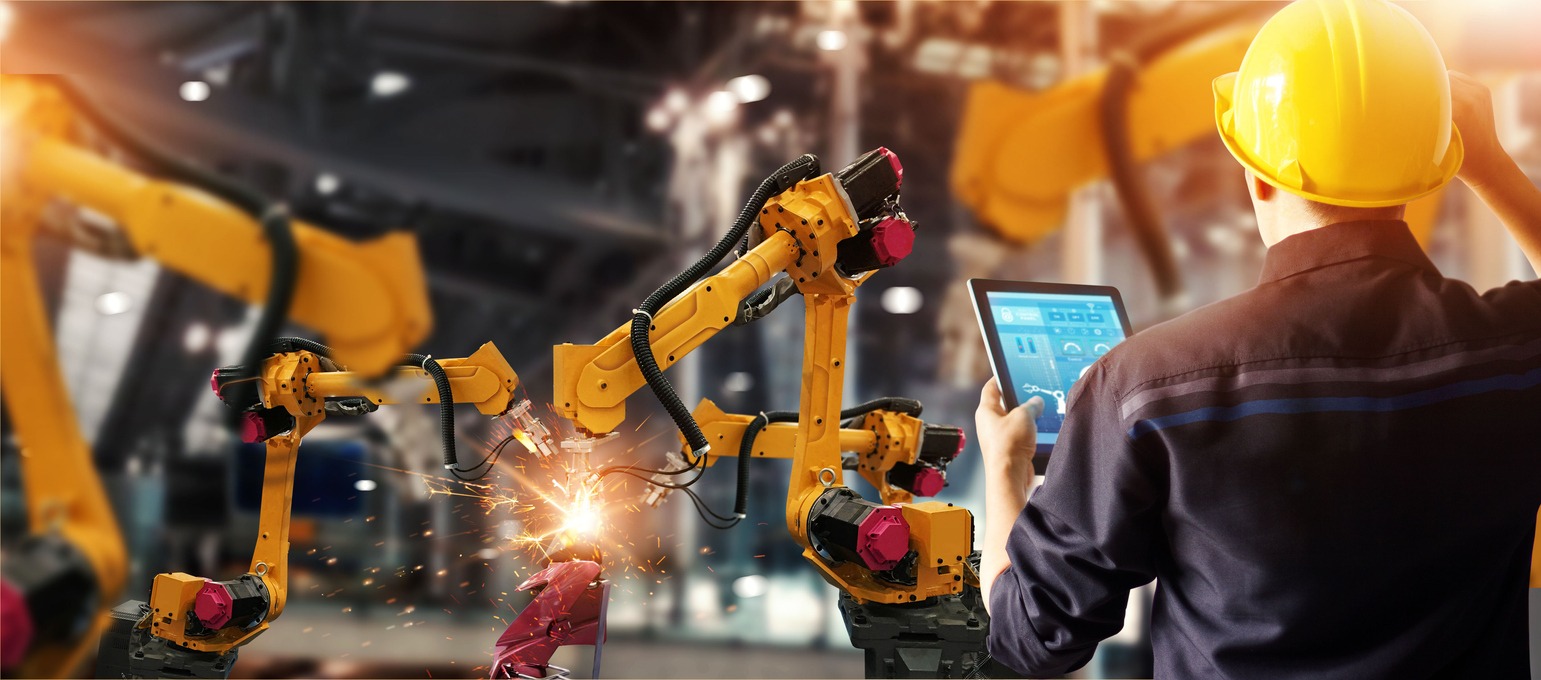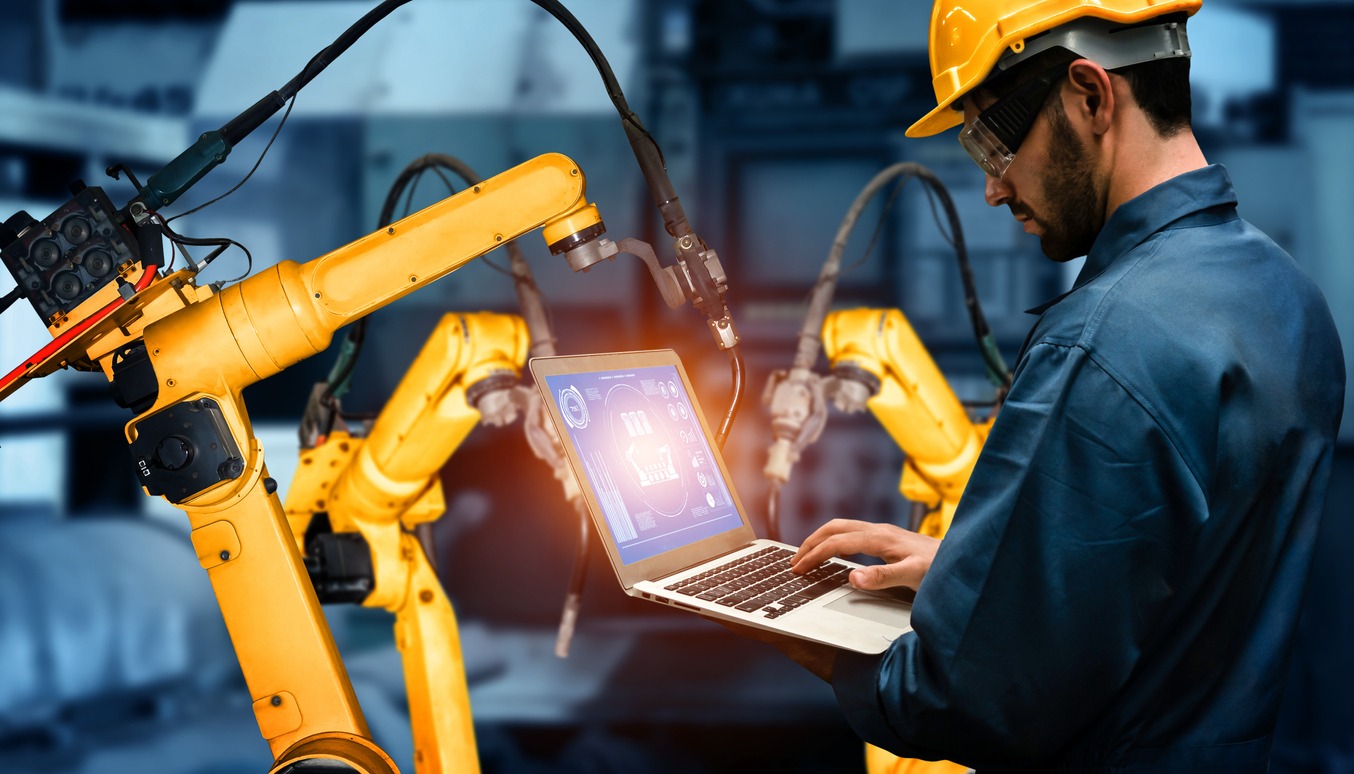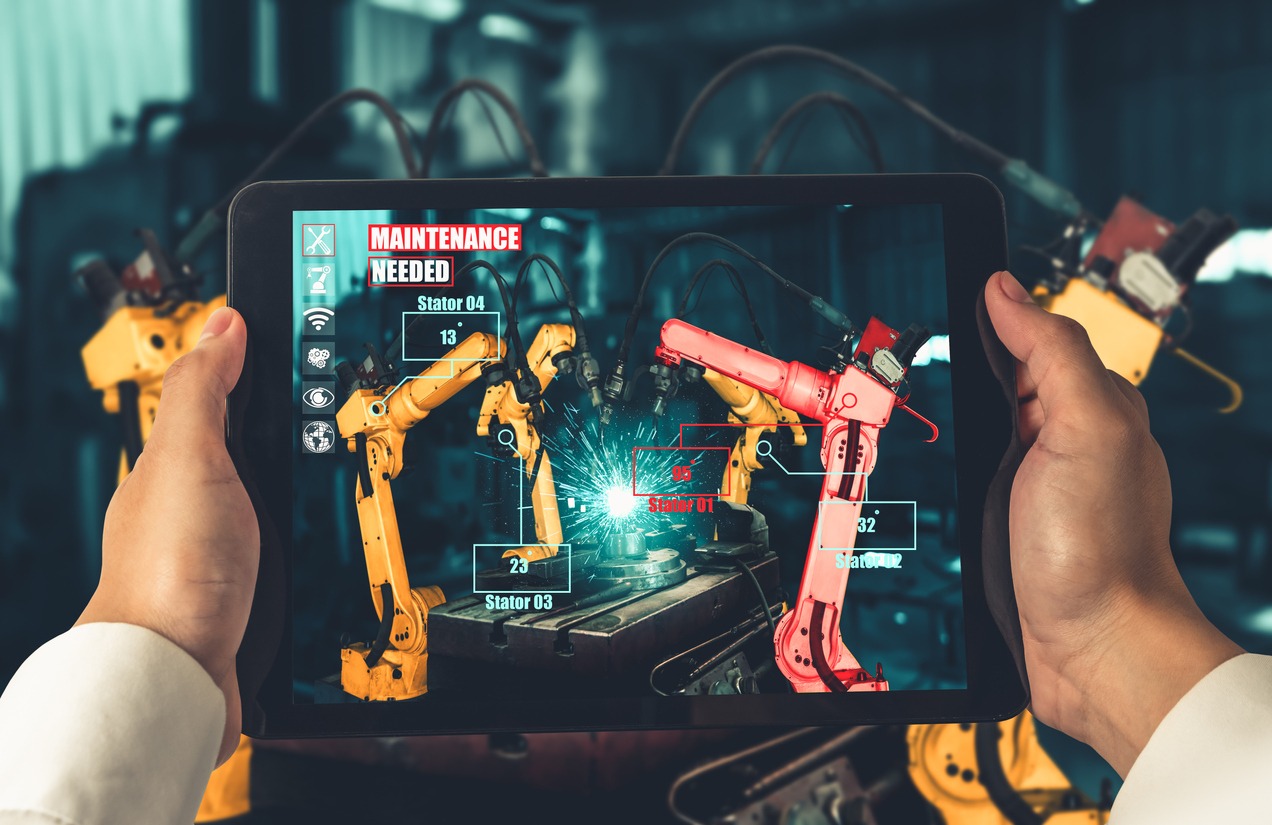Most people think that to make a robot up and running, you need to be a top programmer. While it is true that having experience in automation is a plus, it is also a fact that any person without a programming degree can learn how to program a robot, courtesy of smart technologies and Industry 4.0.
The continuous development of smart technologies has paved the way for various robotics applications to be accessible to a new robot programmer.
“Regardless of programming experience, there are multiple programming methods available, depending on preference and complexity of the application,” said Sayre Jeannet, the robotic automation manager at Gosiger, Inc.
The robotics expert said that “while artificial intelligence (AI) and machine learning are already being applied in limited ways to robotic automation, their full potential has yet to be achieved.”
“From vision to grasping capabilities, and from motion control to data monitoring, AI and machine learning are making a transformative impact on the supply chain and logistics applications,” Jeannet added.
He predicted that the advancement in augmented reality (AR) or mixed reality interfaces for controlling robotic arms will aid users program “a seamless robot path based on user gestures and imitation learning.”
“These machine-learning based approaches show great promise for a wide range of industrial sectors, and businesses ranging from automobile manufacturers to start-up companies are investing in the technologies to make them a top priority,” he said.
Regarding investing in this type of technology, Germany-based Wandelbots software firm has poured a considerable sum of money into no-code robotics way back in 2017. In 2018, it also raised $6.8 million, and another $30 million in 2020.

“Today the firm returns with a healthy $84 million Series C, putting its funding well north of $100 million to date. This latest round was led by Insight Partners and featured a slate of existing investors, including 83North, Microsoft, Next47, Paua, Atlantic Labs and EQT,” Brian Heater, of Tech Crunch, reported.
“I’m very proud to see Wandelbots mission become a reality. Our platform will help to accelerate human-centered robotics solutions in the industry,” said Wandelbolts co-founder and CEO Christian Piechnick.
According to the report, Wandelbots’ mission is “a deceptively simple one.” It delves into the robotic software layer, lowering the entry gap for deploying robotics in a factory environment. Similarly, more software companies aim to utilize a robotic army without the need for plenty of outside help.
Tech writer Alex Owen-Hill maintained that modern robotics programming has come on a long way from the idea of typing lines of code into a paper.
“But, in the end, every instruction in robotics ends up as 1s and 0s inside some low-level electronics. These days, there are many different ways to enter those binary bits into the robot. Some of them don’t even require formal knowledge of programming,” he said.

“The fundamental challenge of all robotics is this: It is impossible to ever know the true state of the environment. Robot control software can only guess the state of the real world based on measurements returned by its sensors. It can only attempt to change the state of the real world through the generation of control signals,” added Nick McCrea, a seasoned software engineer.

Top robot programming methods
A more intuitive method has been used in robotics and computer programming nowadays. This action has been partly ignited by a vision to make programming easier for operators. Below are some of the popular methods of robot programming that don’t require code:
1. Teaching Pendant
Teach pendant is considered the popular method of robot programming. According to the British Automation and Robot Association over 90 percent of robots are programmed using this method. The system of the robot teach pendant is somewhat looks like a big handheld calculator. “To program the robot, the operator moves it from point to point, using the buttons on the pendant to move it around and save each position individually. When the whole program has been learned, the robot can playback the points at full speed,” wrote Owen-Hill.
Teach pendants are extremely useful in simple actions, like painting in a big flat area or straight lines. This method provides exact positioning. This is possible because robots can be programmed through numerical coordinates.
2. Simulation/ Offline programming
Simulation, or offline programming, is commonly applied in robotics research to ensure that the developed control algorithms are acting correctly before moving them onto a real robot. It is advantageous for Small and mid-size enterprises (SMEs) because it will reduce downtime and enhance efficiency during the mass production processes.
“Offline programming allows the robot to be programmed using a virtual mockup of the robot and task. If the simulation software is intuitive to use, this can be a quick way to test an idea before moving it to the robot,” Owen-Hill added.
Some simulators make you enter a Computer Aided Design (CAD) part and the system will automatically produce the robot trajectories.
MaCrea, who built a Python-based robotic simulator that allowed him to practice control theory on a simple, mobile, programmable robot, said, “in real-world robots, the software that generates the control signals (the ‘controller’) is required to run at a very high speed and make complex computations.”
3. Teaching by Demonstration
Teaching by demonstration can happen like the typical teach pendant. This technique includes moving the robot around, either by controlling a force sensor or a joystick connected to the robot wrist above the end effector, storing every position in the robot computer. Many collaborative robots have applied this programming method because it removes the multiple button pressing and simply makes the operator move the robot to the desired position.
“Generally, this method requires no knowledge of programming concepts or being familiar with 3D CAD environments (as simulation does),” Owen-Hill said.
4. Hand-Guiding
Hand-guiding is a collaborative mode that paves the way for intuitive pendant-free programming and rough position of the robot. This method runs through built-in torque sensors “to allow a programmer to physically guide robot movement, providing a user-friendly learning curve.”
“More importantly, hand-guiding allows users to recover from a robot error in a fast and efficient manner, making it easy to get back on track. While hand-guiding, users can constrain the motion of the robot to best suit their preference and application,” said Jeannet, referring to Yaskawa industrial robots.
The use of this methods allows an operator to pick choose between several motion types, such as all joints, rotating all six of the joint(s) freely by pushing on any link of the robot for the need to move to various angles; tool joints, to re-orient the tool by rotating any of the last three links of the robot so as not to cause unattended motion when only small re-orienting motions are required; and XYZ+Tool, to move the tool linearly along XYZ and rotate the last axis to rotate the tool, this to avoid tilting side-to-side and give motion to the whole robot work area.
5. PLC Programming
Programmable Logic Controllers (PLCs) allows the whole robot to be programmed in a chosen PLC brand programming language instead of a native robot language.
According to Jeannet, this method “eliminates duplicity within a system, providing tangible cost reductions in several areas.” It also enhances the depth of personnel’s ability to maintain robotic systems. PLC is considered commonly used in automation across the manufacturing industry.

